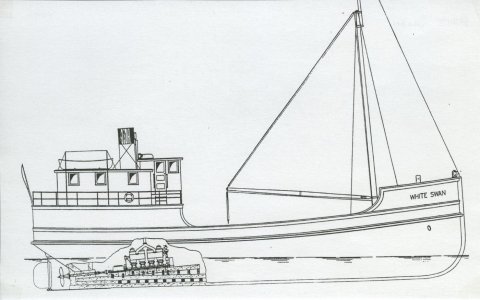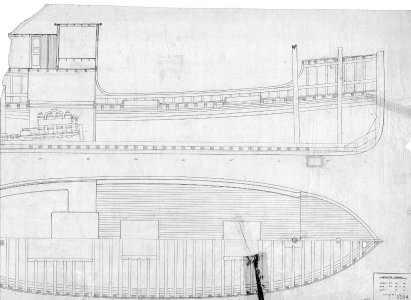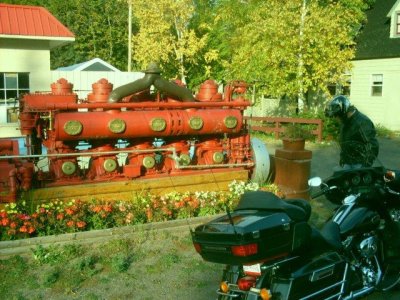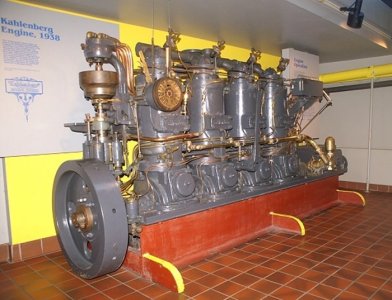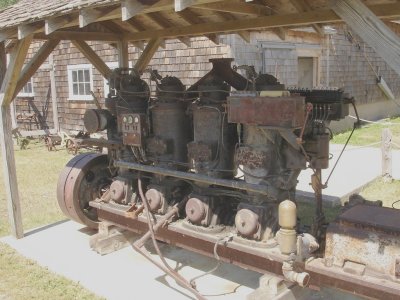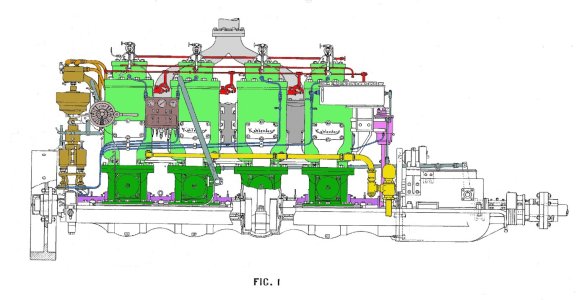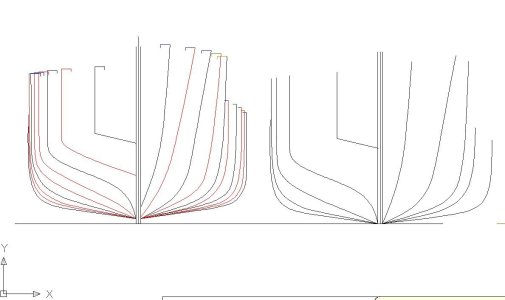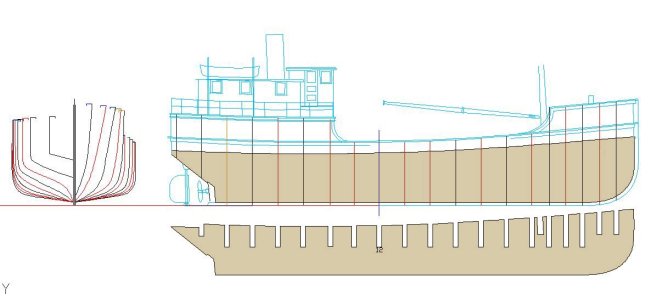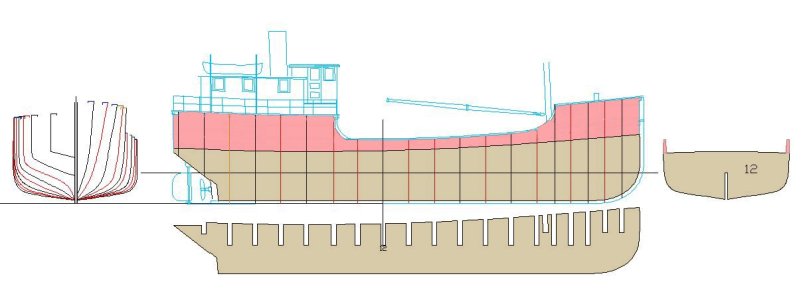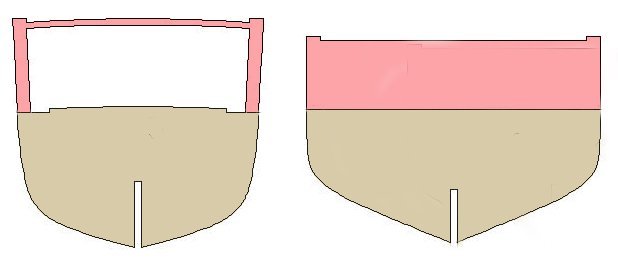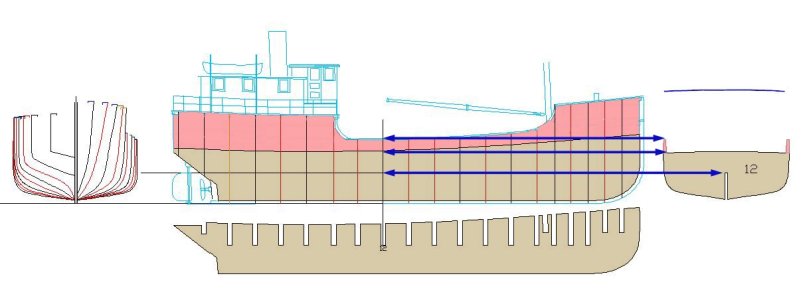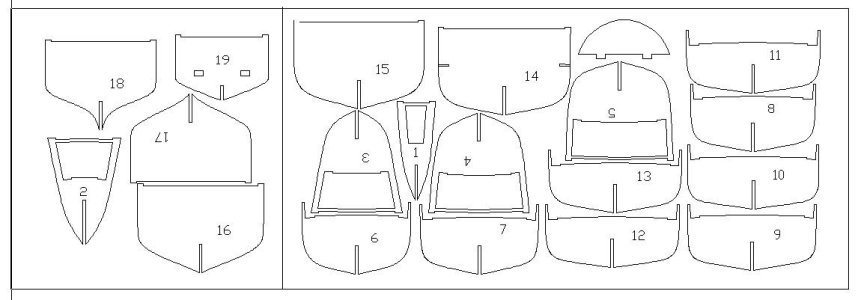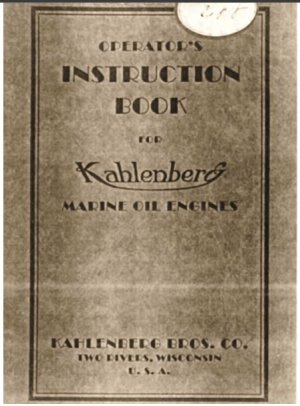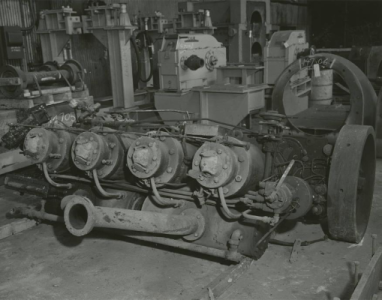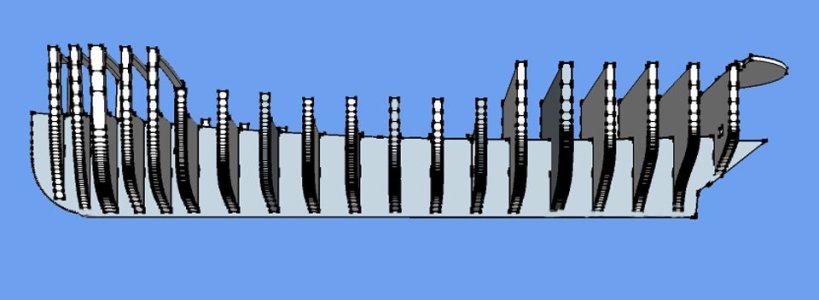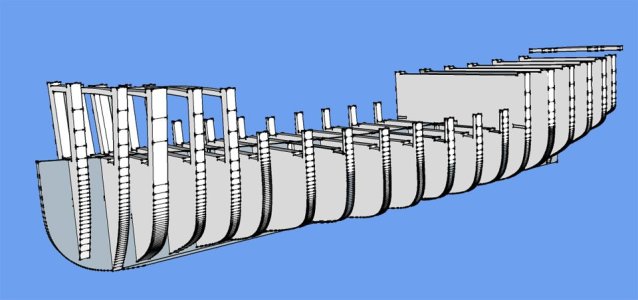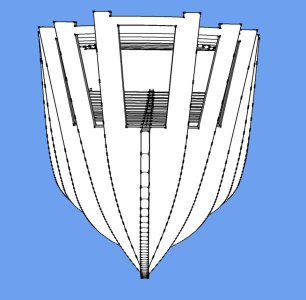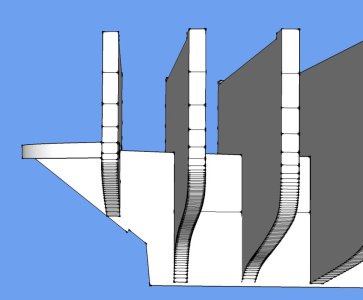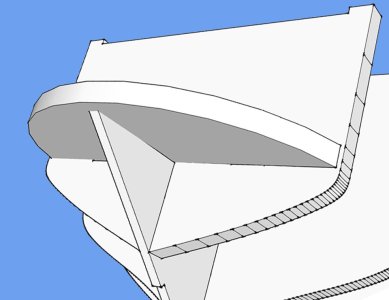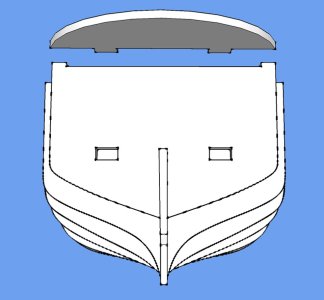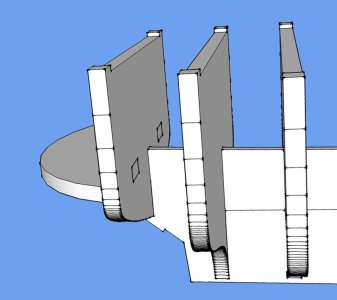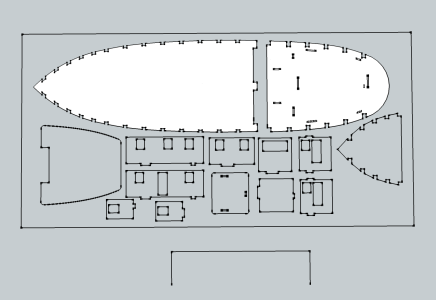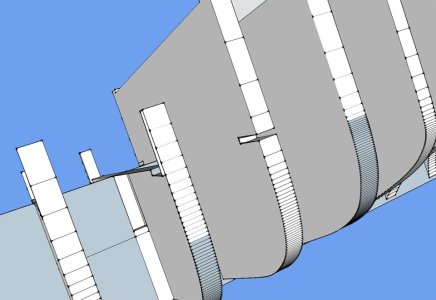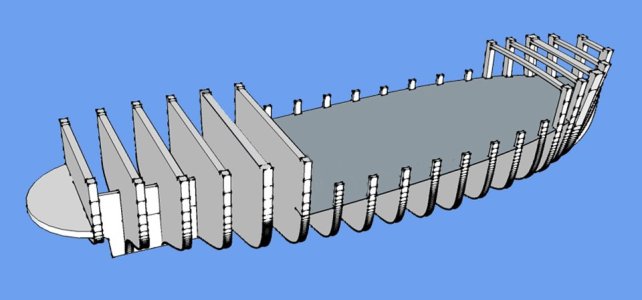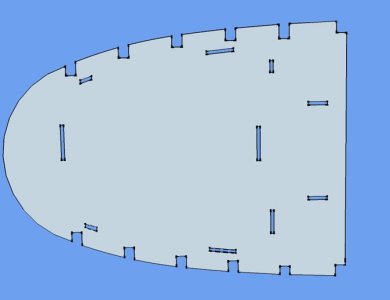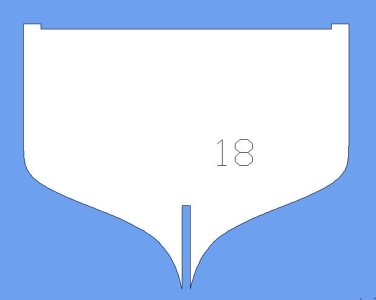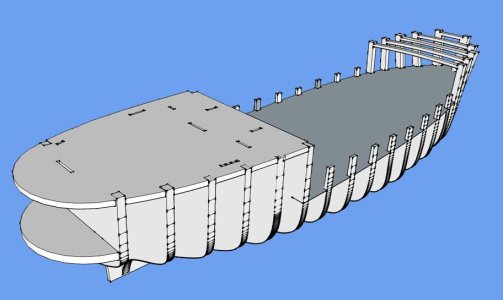Interesting model!
Berger Boats.
A number of years ago my wife and I were staying in a small Hampton Inn in Manitowoc, MN waiting to load ourselves and car aboard SS Badger. Badger is a repurposed railroad car ferry; steam powered with a Skinner Uniflow reciprocating engine and coal fired to the annoyance of the EPA. Crossing Lake Michigan via Badger is much more enjoyable than braving traffic around Chicago.
Anyhow, having breakfast at the hotel was a group of several youngish men. My wife, who apparently was a Walmart greeter in a previous lifetime learned that these guys were technicians from one of the major US electronics companies. They were staying in Manitowoc while installing navigation on a Yacht being built at Berger Boats.
It is remarkable how Berger has been able to transform itself from building humble vessels like White Swan to high end yachts for Billionaires all the while contributing to the local economy.
Roger








